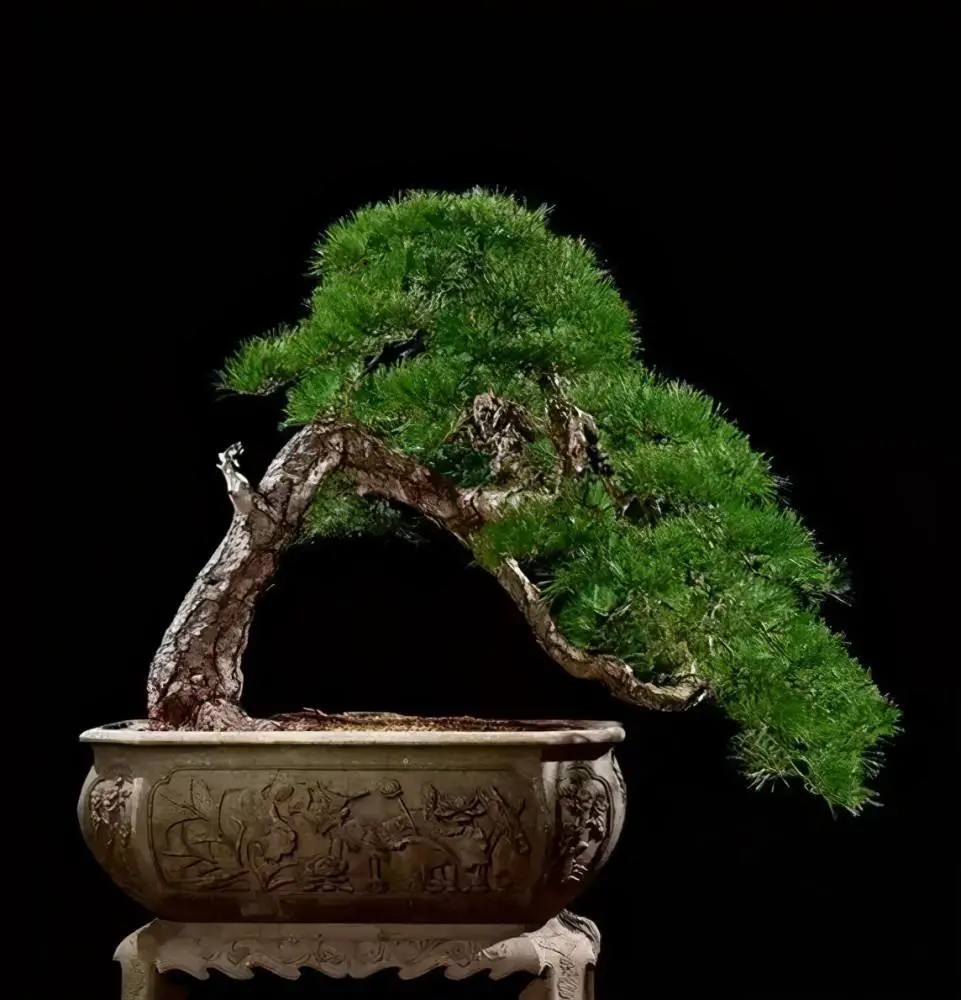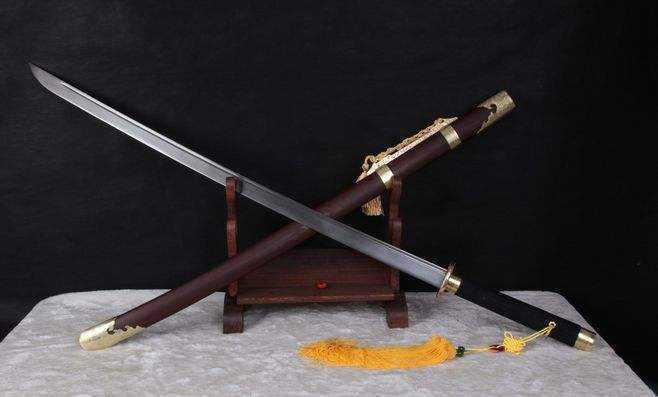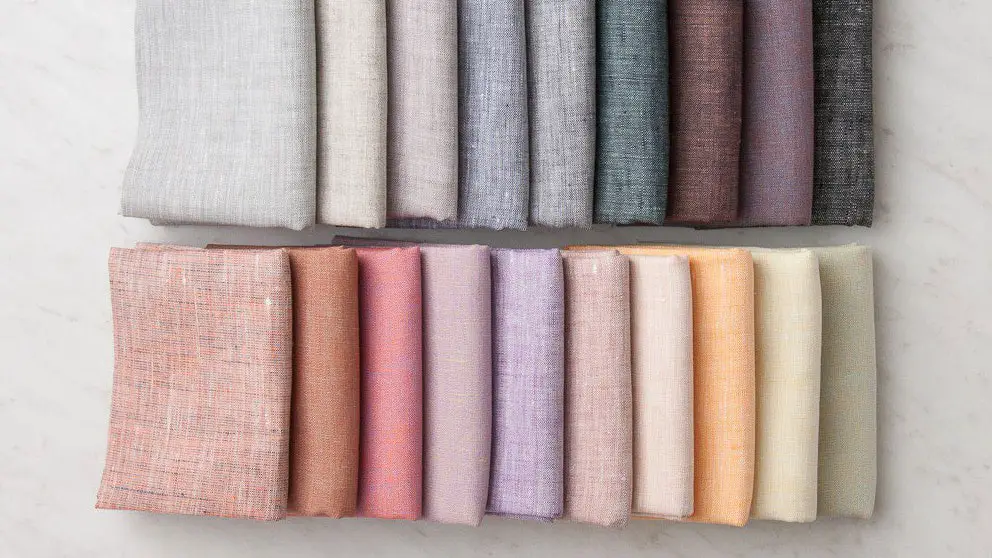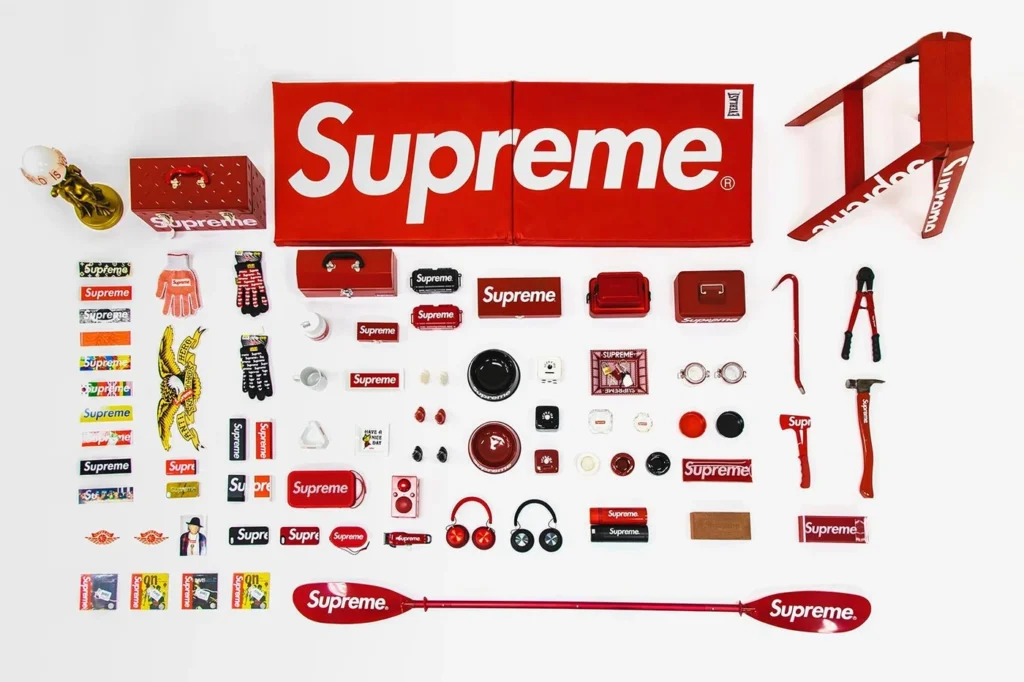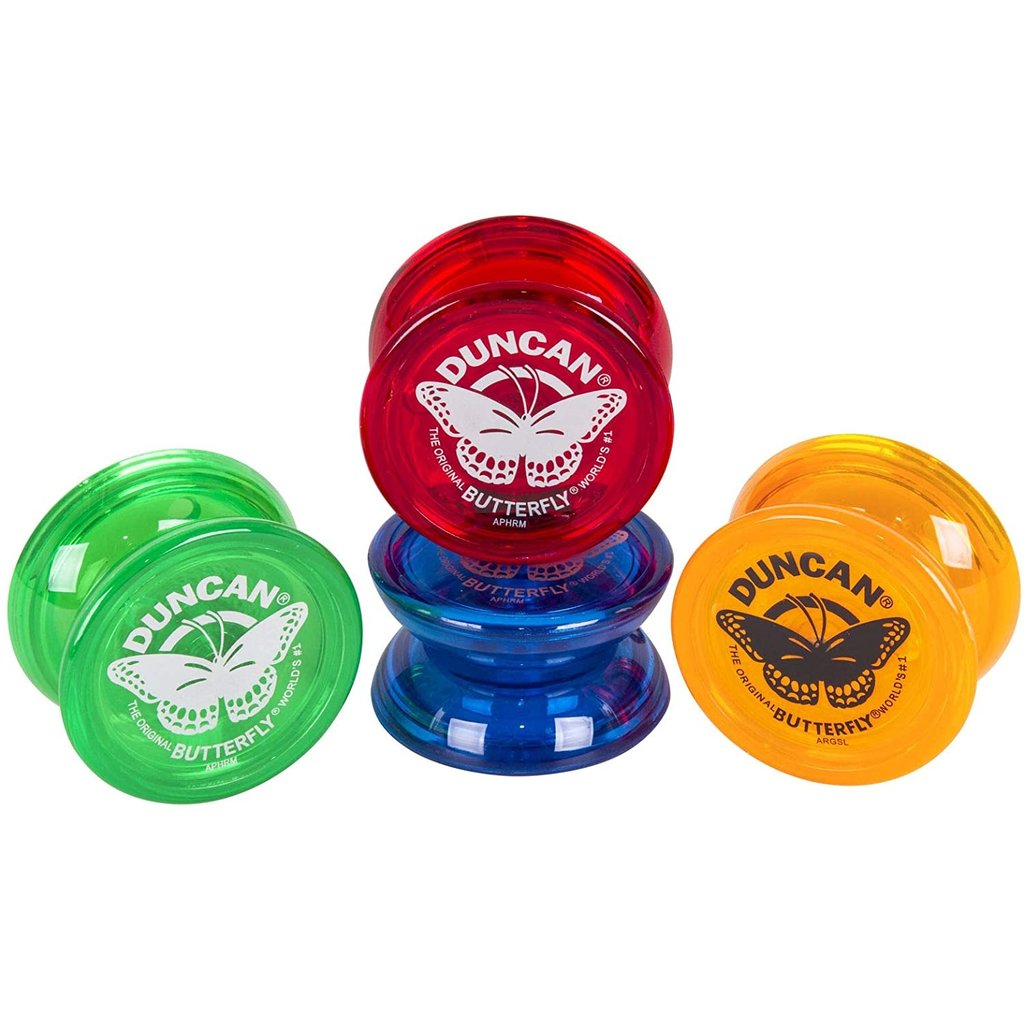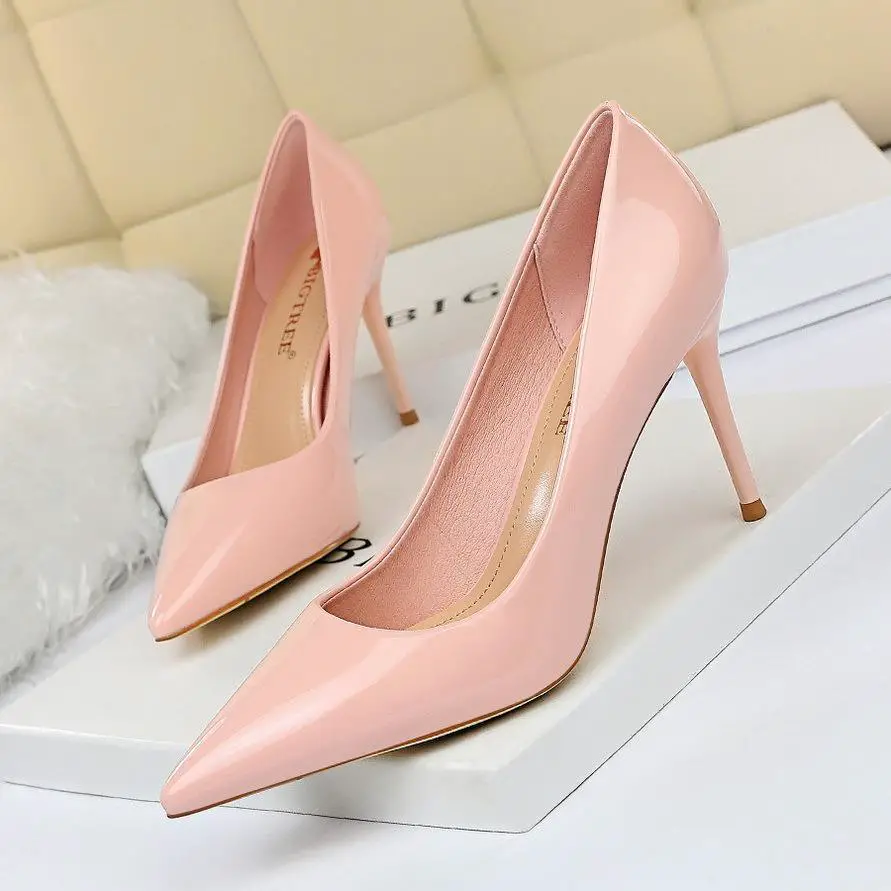Why Is Cedar So Expensive?
Cedar wood is one of the most expensive types of wood on the market. A plethora of factors contributes to the high cedar wood pricing that consumers encounter. The primary reason cedar wood is pricey is due to its quality. Cedar wood is renowned for being one of the most durable, water-resistant, and insect-repellent wood types globally, making it an attractive option for a variety of uses.
The supply chain for producing cedar wood is also a contributing factor to the high cost. The production of cedar wood requires a lengthy and intricate process, which can be particularly labor-intensive. From the time the cedar trees are grown to the time the wood is harvested, milled, and transported to the end users, the process can be costly. This is partly because the trees grow slowly, making their yield lower compared to other wood types.
Furthermore, the red cedar wood that is commonly seen in the construction industry is primarily grown and harvested in British Columbia, Canada. Thus, the supply from this specific location is finite. The United States also receives a significant quantity of cedar wood from Canada. However, there is currently a trade dispute between the two countries regarding lumber imports, which has dramatically impacted lumber prices. This uncertainty has also contributed to the high cedar wood pricing that consumers experience.
There are also other reasons the cedar wood pricing is expensive. One of these is that the lumber industry is experiencing a significant surge in demand due to the current pandemic, which has increased construction projects in both residential and commercial areas. Higher demand for cedar wood has directly led to higher prices, as supply has not been able to keep up.
In comparison to other wood types, cedar wood is also treated differently. It is not pressure-treated like most wood alternatives that require being preserved with chemicals to extend their lifespan. Instead, the natural insect repellent and anti-fungal properties found in cedar wood make it perfect for exterior use such as outdoor furniture, decks, and sidings. This natural occurrence is also why cedar wood is a more expensive option compared to pressure-treated wood.
Another reason cedar wood is expensive is that it is unfairly subsidized in Canada. A lot of the controversy surrounding the trade dispute between the United States and Canada on softwood lumber is that Canadian lumber is unfairly subsidized. The Canadian government sells Canadian lumber to US companies at prices lower than what they would traditionally sell for if exporting to other locations. This unfair practice makes the prices artificially low, which disrupts the US domestic market.
Cedar wood pricing varies depending on the type of cedar. Western red cedar, for instance, is one of the most expensive cedar wood types due to its durability, resistance to water, and insect-repellant properties. Yellow cedar, on the other hand, is less expensive than western red cedar, but it is still pricier than most wood types.
To conclude, cedar wood is expensive due to factors such as its quality, intricate supply chain, trade disputes between Canada and the United States, and the increased demand for lumber pre-pandemic. All of these factors contribute to the high cedar wood pricing that consumers encounter. In comparison to other wood types, cedar wood is a more sustainable and eco-friendly choice. This natural wood type is perfect for those who want insect and fungal-resistant wood that requires little to no chemical treatments. As with all products, it’s essential to do research and weigh the costs and benefits before making a purchase.
Frequently Asked Questions
What is cedar wood?
Cedar wood is a type of wood that comes from several different species of trees in the genus Cedrus, including the Atlas cedar, the Lebanon cedar, and the Deodar cedar. It is known for its distinctive aroma, durability, and resistance to insect damage and decay. Cedar wood is commonly used in construction, furniture making, and as a natural insect repellent. It is also used in aromatherapy and as an ingredient in some cosmetics and personal care products.
How much is cedar wood?
The cost of cedar wood can vary depending on factors such as the type of cedar, the grade, and the location. Generally, cedar wood can range from $2 to $6 per linear foot for rough-sawn cedar, and $4 to $12 per linear foot for finished cedar. It’s best to check with your local lumber supplier or home improvement store for current pricing.
How to protect cedar wood outdoors?
Some general tips on how to protect cedar wood outdoors:
1. Clean the wood: Before applying any protective coating, make sure the cedar wood is clean and free from any dirt, debris, or stains. You can use mild detergent and water to clean the surface and let it dry completely.
2. Apply a sealant: Cedar wood is naturally resistant to decay and insects, but it can still be damaged by moisture and UV rays. To protect the wood, apply a clear or tinted sealant that contains UV inhibitors. This will help to prevent the wood from fading, cracking, and warping.
3. Use a stain: If you want to enhance the natural beauty of the cedar wood, you can apply a stain that will add color and protect the wood at the same time. Choose a stain that is specifically designed for outdoor use and contains UV inhibitors.
4. Apply a waterproofing agent: To further protect the cedar wood from moisture, you can apply a waterproofing agent that will create a barrier against water and prevent the wood from absorbing moisture. This will help to prevent rot and decay.
5. Maintain the wood: Regular maintenance is important to keep the cedar wood looking good and protected. This includes cleaning the surface regularly, reapplying the protective coating as needed, and repairing any damage or cracks that may occur over time.
How to clean cedar wood?
1. Dusting: Use a soft-bristled brush or cloth to remove any loose dirt or dust from the surface of the cedar wood.
2. Cleaning Solution: Mix a solution of mild dish soap and warm water. Dip a clean cloth in the solution and wring it out until it is just damp.
3. Wiping: Use a damp cloth to wipe down the cedar wood. Avoid using too much water as it can damage the wood.
4. Rinse: Once you have wiped down the cedar wood, rinse the cloth with clean water and go over the surface again to remove any soap residue.
5. Drying: Use a dry cloth to wipe down the cedar wood and remove any excess moisture. Allow the wood to air dries completely before using it again.
Note: Do not use harsh chemicals or abrasive materials to clean cedar wood as they can damage the surface.
What does cedar wood look like?
Cedar wood is a light to medium brown color with a straight grain and a fine, even texture. It has a distinctive aroma and is known for its natural resistance to decay and insects. Wood is often used for outdoor furniture, decking, and siding due to its durability and natural beauty.
What is cedar wood good for?
Cedar wood is good for a variety of purposes, including:
1. Furniture: Cedar wood is commonly used to make outdoor furniture, as it is durable and can withstand harsh weather conditions.
2. Closets and storage: Cedar wood has a natural scent that repels moths and other insects, making it a popular choice for closets and storage areas.
3. Siding and roofing: Cedar wood is a popular choice for siding and roofing due to its natural resistance to rot and decay.
4. Aromatherapy: Cedar wood essential oil is known for its calming and grounding properties and is often used in aromatherapy.
5. Pencils: Cedar wood is commonly used to make pencils due to its ability to sharpen easily and evenly.
6. Saunas: Cedar wood is a popular choice for saunas due to its resistance to moisture and its natural scent.
7. Decking: Cedar wood is a popular choice for decking due to its natural resistance to rot and decay, as well as its attractive appearance.
How to seal cedar wood?
Here are the steps to seal cedar wood:
1. Clean the cedar wood surface thoroughly using a brush or a vacuum cleaner to remove any dust, dirt, or debris.
2. Sand the surface of the cedar wood gently to remove any rough spots or splinters. Use fine-grit sandpaper for this purpose.
3. Apply a wood conditioner to the cedar wood surface to prepare it for sealing. This will help the wood absorb the sealant evenly.
4. Apply the sealant to the cedar wood surface using a brush or a roller. Make sure to apply the sealant evenly and in thin coats.
5. Wait for the first coat to dry completely before applying a second coat. Repeat this process until you achieve the desired level of protection.
6. After the final coat has dried, use fine-grit sandpaper to smooth out any rough spots or imperfections.
7. Apply a topcoat or a finish to the cedar wood surface to protect it from UV rays, moisture, and other environmental factors.
8. Allow the cedar wood surface to dry completely before using it.
What color is cedar wood?
Cedar wood can range in color from light brown to deep reddish-brown.
What is cedar wood used for?
Cedar wood is used for a variety of purposes, including:
1. Building materials: Cedar wood is used for building fences, decks, siding, and roofing because of its durability and resistance to insects and rot.
2. Furniture: Cedar wood is used to make furniture, especially outdoor furniture, because of its natural resistance to weather and insects.
3. Storage: Cedar wood is used to make storage chests and closets because of its natural ability to repel moths and other insects.
4. Aromatherapy: Cedar wood essential oil is used in aromatherapy for its calming and grounding properties.
5. Pencils: Cedar wood is used to make pencils because of its smooth texture and ease of sharpening.
6. Musical instruments: Cedar wood is used to make the soundboards of guitars and other stringed instruments because of its resonance and tonal qualities.
7. Carvings: Cedar wood is used for carving sculptures and decorative objects because of its fine grain and ease of carving.
8. Mulch: Cedar wood chips are used as mulch in gardens and landscaping because of their natural insect-repelling properties.
How to stain cedar wood?
1. Choose the right stain: There are two types of stains available for cedar wood: oil-based and water-based. Oil-based stains penetrate deeper into the wood, providing better protection against moisture and sun damage. Water-based stains are easier to clean up and dry faster.
2. Prepare the wood: Cedar wood needs to be properly prepared before staining. First, clean the wood with a wood cleaner or pressure washer to remove any dirt or debris. Then, sand the wood with a fine-grit sandpaper to smooth out any rough spots.
3. Apply the stain: Use a brush, roller, or sprayer to apply the stain evenly to the wood. Make sure to follow the manufacturer’s instructions for application and drying time.
4. Wipe off excess stain: After applying the stain, use a clean cloth to wipe off any excess stain that has not been absorbed by the wood.
5. Allow the stain to dry: Allow the stain to dry completely before applying a second coat or using the wood. This can take anywhere from a few hours to a few days, depending on the type of stain and the weather conditions.
6. Apply a sealer: To protect the cedar wood from moisture and sun damage, apply a sealer after the stain has dried. This will also help to maintain the color of the stain over time.
Why is cedar wood so valuable?
Cedar wood is valuable due to its durability, resistance to decay and insects, and its pleasant aroma. It is also known for its natural oils that make it resistant to water damage and rot. These qualities make it an ideal choice for building outdoor structures, such as fences, decks, and siding, as well as for furniture and decorative items. Additionally, cedar wood is prized for its beauty and unique grain patterns, which make it a popular choice for decorative purposes.
Why is cedar lumber so expensive right now?
Cedar lumber prices can fluctuate due to various factors such as supply and demand, weather conditions, transportation costs, and tariffs. Cedar is also a popular choice for outdoor construction and furniture due to its natural resistance to decay and insect damage, which can increase its demand and price.
What is a cheaper alternative to cedar?
One cheaper alternative to cedar is pressure-treated lumber, which is made by treating wood with chemicals to make it resistant to decay and insects. Other alternatives include pine, spruce, and fir.
Is cedar a valuable wood?
Cedar is a valuable wood due to its durability, resistance to rot and insects, and pleasant aroma. It is commonly used for outdoor furniture, decking, and siding, as well as for indoor furniture, flooring, and paneling. Cedar is also used for its natural oils, which can repel moths and other pests in closets and storage areas.
What are the negatives of cedar wood?
Here are some potential negatives of cedar wood:
1. Expensive: Cedar wood is usually more expensive than other types of wood.
2. Softness: Cedar wood is relatively soft, which means it can be easily dented or scratched.
3. Fragility: Cedar wood is not as strong as other types of wood, which makes it more prone to breaking or cracking.
4. Durability: Although cedar wood is naturally resistant to rot and insects, it is not as durable as other types of wood.
5. Aroma: While many people love the smell of cedar wood, others find it overpowering or unpleasant.
6. Allergies: Some people may have an allergic reaction to cedar wood, which can cause skin irritation or respiratory problems.
7. Limited availability: Cedar wood is not as widely available as other types of wood, which can make it difficult to find in some areas.
What is the most expensive wood?
The most expensive wood is considered to be the rare and exotic wood called African Blackwood, which is also known as Mpingo. It is highly prized for its beautiful dark color, high density, and exceptional tonal qualities. Its price can range from $35 to $100 per board foot depending on the quality and availability.
What wood is better than cedar?
No wood is universally considered better than cedar as it depends on the specific use and application. However, some woods that are commonly used as alternatives to cedar include redwood, cypress, and pine.
Is red or white cedar more expensive?
In general, red cedar is usually more expensive than white cedar. This is because red cedar is more durable and has a more distinctive color and grain pattern. Additionally, red cedar is often used for outdoor applications such as decking and siding, which further increases its value.
What wood is stronger than cedar?
Several types of wood are stronger than cedar, including:
1. Oak: Oak is a dense and durable hardwood that is known for its strength and resistance to decay. It is commonly used in furniture, flooring, and construction.
2. Mahogany: Mahogany is a tropical hardwood that is known for its strength, durability, and beauty. It is commonly used in high-end furniture and musical instruments.
3. Teak: Teak is a dense and durable hardwood that is resistant to rot, insects, and weathering. It is commonly used in outdoor furniture and boat building.
4. Ash: Ash is a strong and flexible hardwood that is commonly used in furniture, flooring, and sports equipment.
5. Hickory: Hickory is a dense and strong hardwood that is commonly used in tool handles, furniture, and flooring.





